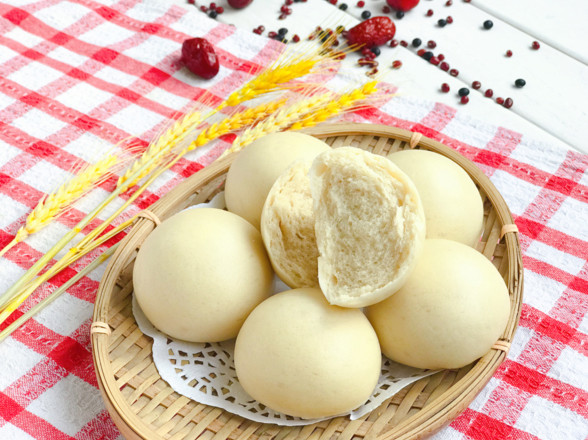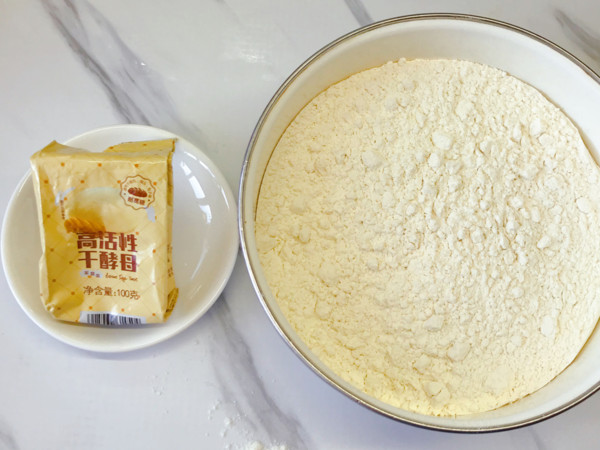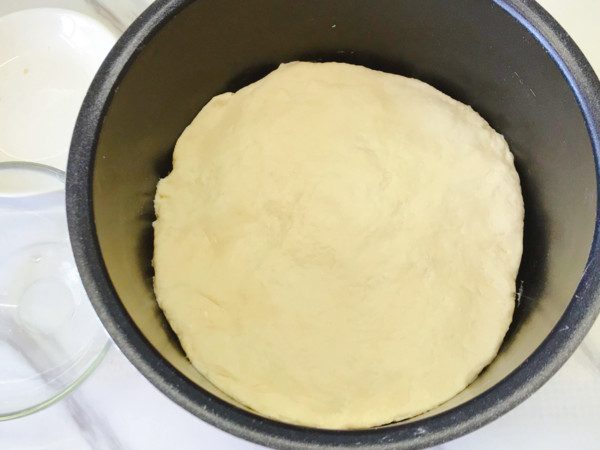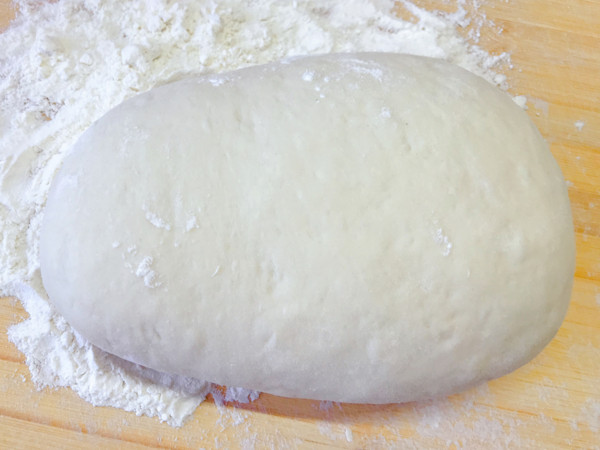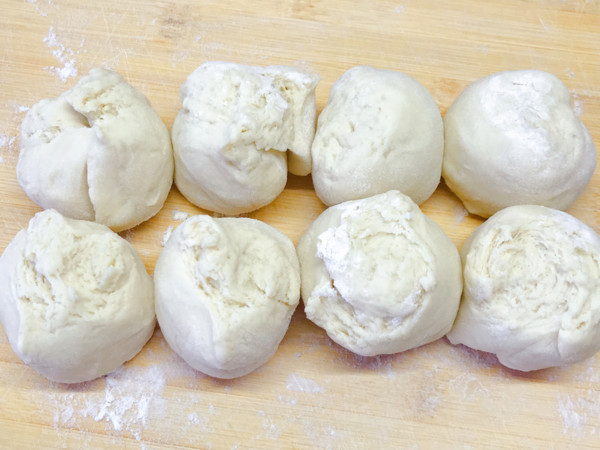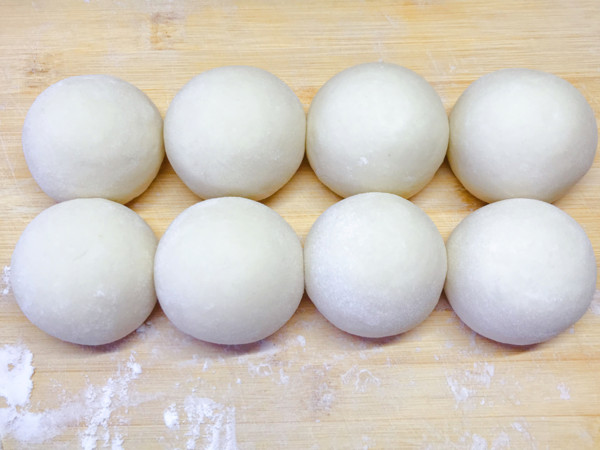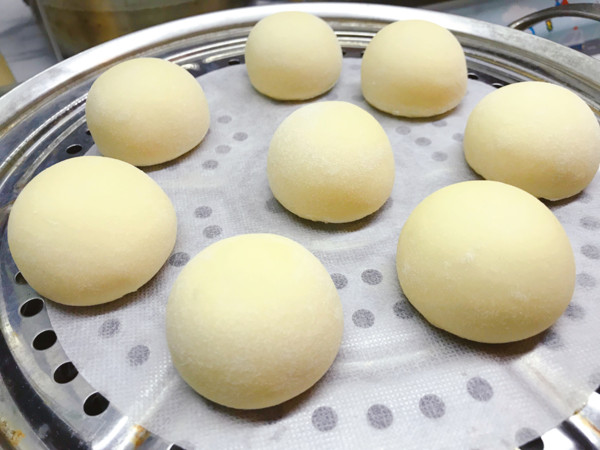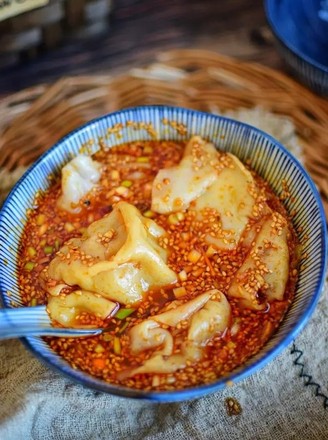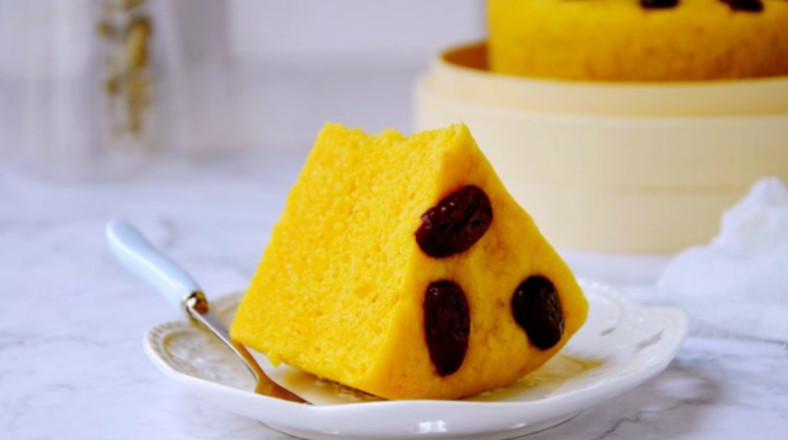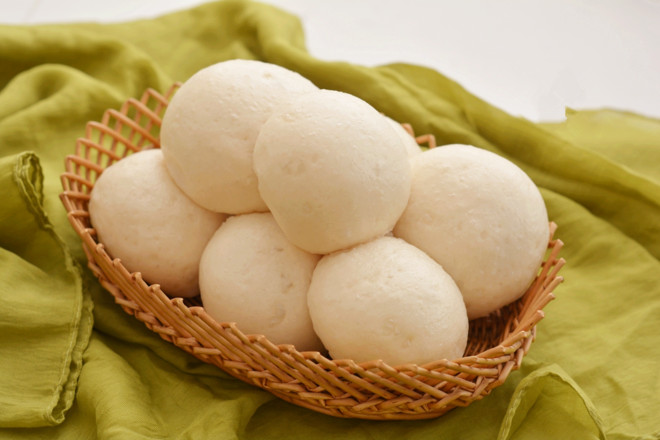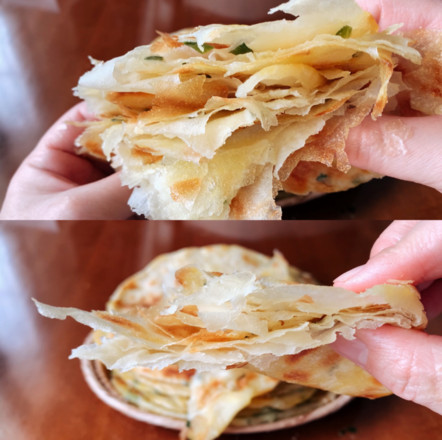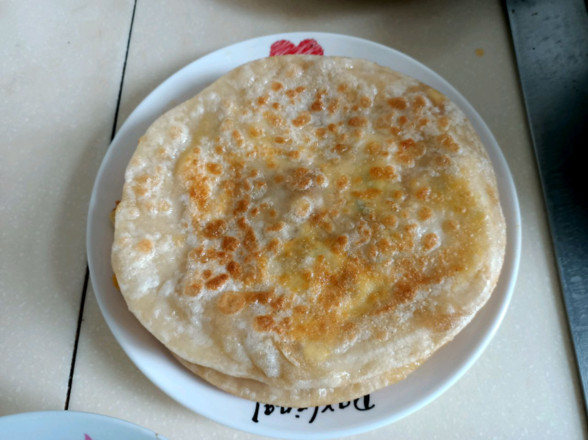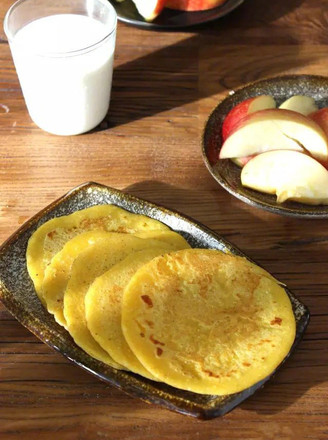Handmade Buns
1.
You need to prepare the ingredients used to steam the steamed buns: flour and yeast powder. Steamed buns are not as demanding as pastry bread, and ordinary household flour can be steamed to make soft buns. If you are not sure about the amount of yeast powder, you can read the instructions on the back of the package. Basically, every time I use 5 grams of yeast powder for every 500g of flour, the steamed buns are very fragrant and soft.
2.
Take a small bowl and pour a small amount of warm water, pour in about 5 grams of yeast powder, stir in warm water until the yeast powder is completely melted, pour it into the bowl for mixing. Do not use too hot water. Too high water temperature will destroy the ingredients in the yeast, and warm water can speed up the fermentation of the yeast powder.

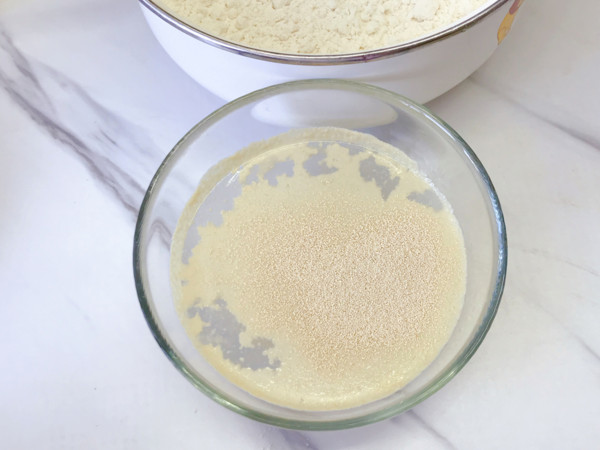
3.
Pour the flour into the well-stirred yeast water to prepare the noodles, and stir evenly with chopsticks while pouring the flour. The main purpose of using chopsticks in this step is to prevent the hands from directly touching the water and flour, so that the wet flour will not stick to the hands. 4. When there is no dry flour in the bowl with chopsticks, you can easily knead the dough into a smooth dough with your hands, and your hands will not get too much noodles, so it is easier to clean. After the dough is made, the steamed buns cannot be steamed directly, they need to be fermented before being used. After kneading the dough, place it in a warm place. Cover the basin with a lid or plastic wrap and wait for it to ferment slowly.


4.
Use chopsticks to stir until there is no dry flour in the bowl, you can easily knead the dough into a smooth dough with your hands, and your hands will not get too much noodles, so it is easier to clean. After the dough is made, the steamed buns cannot be steamed directly, they need to be fermented before being used. After kneading the dough, place it in a warm place. Cover the basin with a lid or plastic wrap and wait for it to ferment slowly.
5.
When the dough has risen to twice its original size, pick up the surface of the dough with your hands, and you can see the honeycomb-shaped dough, and you can steam the steamed buns. When it is cold in winter, you can put the basin on the heating, where there is no heating, you can heat the water in the steamer, and put the basin in the steamer. The warm environment will accelerate the fermentation of the dough. If you are in a hurry to eat steamed buns, you don't need to wait long.
6.
Because the dough is very sticky, you need to sprinkle a layer of dry flour on the chopping board, then dig out the dough from the basin, and knead it on the big chopping board. The kitchens of our northerners usually have large bamboo cutting boards to make it easier to make noodles such as steamed buns, buns, noodles, and so on. The kitchen utensils that are handy can do more with half the effort when making noodles.
7.
Whether the steamed buns are delicious or not, the process of kneading the noodles is the most critical link, and also the most laborious link. The same flour, only when the dough is smoothly kneaded and kneaded well, the steamed buns are rich in wheat and soft and delicious. I probably kneaded the dough over and over again for more than ten minutes, and finally when it became particularly smooth, I divided the dough into equal-sized noodles by hand.
8.
Then the dough of uniform size is repeatedly kneaded into smooth and elastic dough, and the embryonic form of the steamed bun comes out. Those who like to make styling can make various patterns. Today I only share the most basic and homely round white steamed buns, so if the dough is kneaded into a smooth dough, the steamed buns are ready.
9.
Because steaming steamed buns mainly uses steam, it consumes more water. Before steaming, you need to add enough water to the steamer, spread the cloth, and place the kneaded steamed bun embryos neatly on the steamer. Be careful not to keep the distance too close to prevent the steamed buns from sticking together. . After placing it, don’t rush to fire. You need to send the embryos of the steamed buns for about 15 minutes. The second fermentation will make the steamed buns rise again, so that the steamed buns are softer and more delicious.
10.
How can I know if the effect of the steamed buns is good or not? The outside look is twice as big as the freshly kneaded embryo. The buns are bulging like small breads. Press lightly with your fingers. If they can rebound immediately, it means that the second hair is ready. Cover the steamer with the lid. The embryo of the steamed bun I made is not big, so it will be cooked after 15 minutes of high heat steaming.

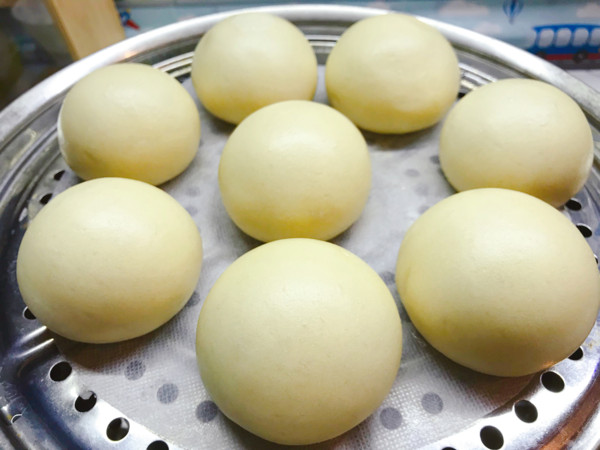
11.
Turn off the heat and simmer for 5 minutes before the steamed buns are out of the pot. Because of the principle of thermal expansion and cold contraction, turning off the heat and immediately opening the lid will cause the steamed buns to shrink rapidly when the air-conditioning occurs, causing the buns to collapse and become hard. After simmering for a few minutes, the steamed buns can be out of the pan. The steamed buns are all sweet and soft, and they can rebound immediately by pinching them with your hands, breaking a dense honeycomb inside, which is as soft as bread. how about it? Is it simple enough? As smart as you, you will be able to see it, try it at home another day!

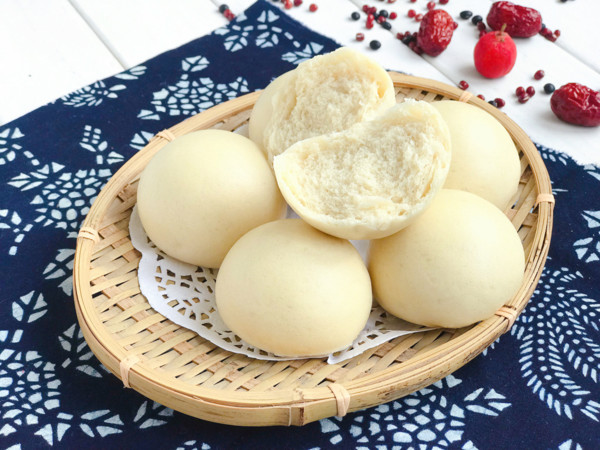
Tips:
Zhongyu multi-purpose wheat core powder adopts advanced technology and equipment. In the production process, the wheat core essence is extracted through precise ratio matching and scientific moisture adjustment, which has the original natural yellowish color of wheat. The protein content is high and the gluten quality is good, so it is especially suitable for home cooking, so that the color, aroma and taste of the pasta are perfectly presented.

